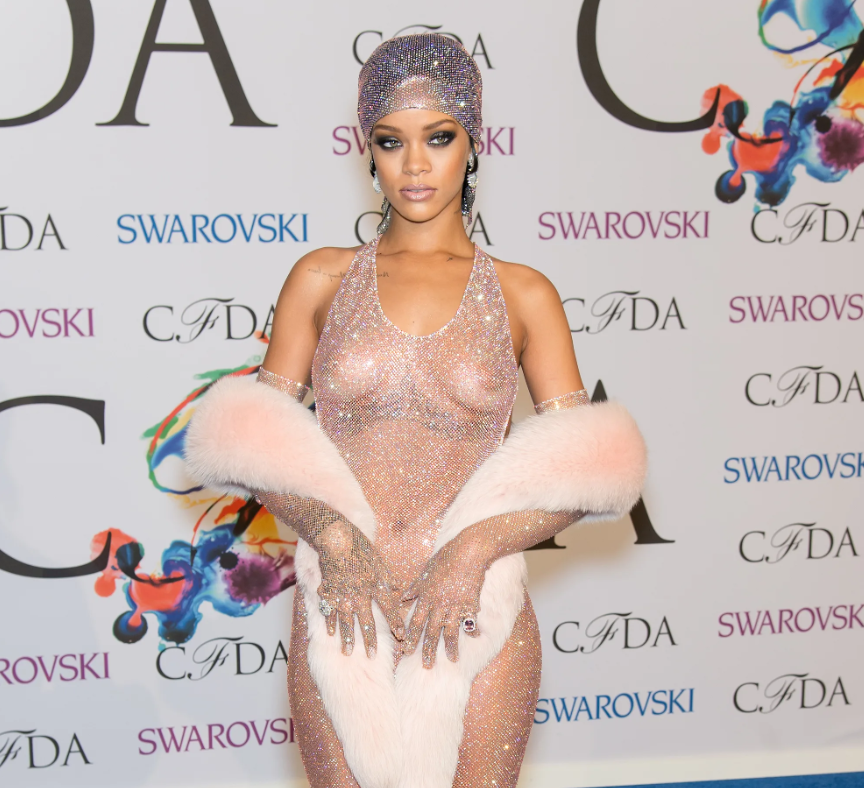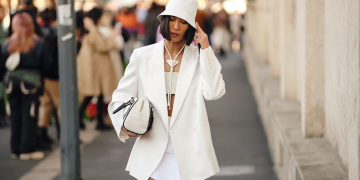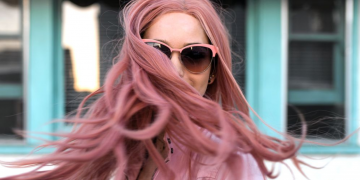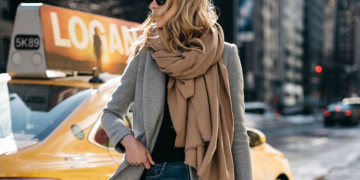Fashion has left little to the imagination of late. The trend for sheer dresses, while varying in (un)modesty, is inevitable, as barely concealed nipples, belly buttons and thongs have graced every red carpet from the Grammys to the Oscars. While the revival of the ’90s – including Hunter Schafer’s recent return to Prada’s spring 1997 ready-to-wear collection and Lily-Rose Depp’s tribute to Kate Moss in iD – has dominated the The trend has been revived, but translucent garments have been making jaws drop and eyes glaze over for centuries.

The mysterious 18th-century portrait of a young woman in white, created by an unknown artist as the cover of Ottessa Moshfegh’s My Year of Rest and Relaxation, has rekindled cultural interest. But the artwork, in which the subject’s breasts are visible through a thin layer of fabric, was a symbol of the dress code favored by French prostitutes in the early 19th century. This style, which writer Louis-Sébastien Mercier called “à la sauvage,” “did not leave the onlooker to guess, but to perceive every secret fascination,” Mercier wrote.
After the French Revolution, sheer clothing continued to cause a stir. in 1913, sheer so-called x-ray skirts and dresses caused such outrage that the mayor of Portland, Oregon, ordered the arrest of the wearers, while the Oregon Journal reported that “x-ray dresses destroyed the homes of millionaires.” Of the fashion-related divorce, Bertha Hanscom, 30, said, “My husband is an old fossil …… I was born to wear x-ray dresses, and I’m going to wear them. He doesn’t like them, but I don’t care. When I get divorced, I’ll make his eyes swell up.” (Her husband, James, 60, was shocked by this, telling the newspaper, “Bertha is not only wearing a translucent dress, but a slit dress.”)
Silent film star Clara Bow secured her status as a sex icon with a shameful see-through dress in 1925’s “The Heart of the Matter. When Bow’s character Prudence Severn was invited to a masquerade ball with the theme “The less worn, the easier to mend,” she took the message literally and marveled in a barely-there dress. The dress made it to the big screen before the entertainment industry adopted a set of self-censorship guidelines known as “Hayes’ Law” – so revealing that by today’s standards it still would still be shocking by today’s standards.
In 1962, Marilyn Monroe’s famous “Happy Birthday, Mr. President” dress brought transparency back into the spotlight, and stars like Jane Birkin and Cher kept the controversial look alive in the ’60s, ’70s and ’80s. The controversial look is still alive and well. But the ’90s saw a real renaissance, with Sheerness complimenting the trash-rock trend and becoming a hit with designers, with Alaïa, John Galliano, Jean Paul Gaultier, Prada and Atelier Versace introducing different trends on the runway. While it became more normal in the 90s, the bold look would have raised eyebrows in any decade
Choosing to reveal her body has incredible power. in 1998, Rose McGowan wore only a leopard print thong over a beaded, lockdown-style dress at the VMAs; decades later, she shared that it was her first red carpet appearance since she was allegedly raped by Harvey Weinstein in 1997. “That was my first public appearance since the sexual assault,” she told Dr. Oz in 2018. “I was like, this is not what you want? That was a political statement.” The conversation around a revealing dress can also change the culture. Jennifer Lopez’s iconic green Versace dress – with a sheer deep V-neckline – worn at the 2000 Grammys generated so many Internet searches that it spurred the Google Images invention.
In 2008, fake nudes were all the rage thanks to brands like Christian Dior and Chloé. But the shock value of transparency peaked in 2014, when Rihanna accepted the CFDA Fashion Icon of the Year award wearing a completely transparent Adam Selman number, covered only by a nude thong and fur cashmere. Rihanna’s iconic blend of confidence and chutzpah made her the perfect ambassador for the trend, rejecting criticism and encouraging empowerment. Others were quick to follow suit: Beyoncé rubber-stamped her nude dress in a Givenchy beaded suit at the 2015 Met Gala, while Kendall Jenner and Bella Hadid offered their own interpretations at the 2017 Met Gala.
Sheerness is back in full force in 2022 and shows no signs of slowing down. Brands such as Chanel, Nensi Dojaka, Prada, Ferragamo, Dion Lee, Rodarte, Emilia Wickstead, Heron Preston, Rick Owens, LaQuan Smith and Y/Project have all played with transparency in their recent collections.
Bold choices were not only popular on the runway: Ciara, Janelle Monáe, Emily Ratajkowski, Ashley Graham, Julia Garner, Daisy Edgar-Jones, Emma Chamberlain and Hailee Steinfeld chose to wear transparency at the Oscars alone. Vanity Fair parties alone have opted for sheer dresses. Even the men got in on the trend, with Austin Butler and Shawn Mendes both going out in various states of undress. Some, including Kendall and Kylie Jenner and Hailey Bieber, have changed their look, opting to try leggings as pants.
While increasingly popular, the look still suffers from a lot of sensationalism and even meanness. When Florence Pugh wore a sheer pink dress to the 2022 Valentino Haute Couture show, she was much sought after. But in the fearless spirit of the sheer dress, Pugh fought back. “My mission in this industry has always been to say ‘fuck it, fuck it’ whenever someone wants my body to become perceived as sexy or sexually attractive,” she wrote.
For the first time, we seem to be pushing more boundaries with purity. Brands have long sent models down the runway with bare breasts, but these days celebrities and regular people alike are more inclined to bare it all. Perhaps this is an act of cultural backlash against the government’s strict restrictions on women’s bodies. Maybe it’s a sign that we shouldn’t be so concerned about our naked bodies. No matter how you wear it, see-through is sexy, subversive and empowering. If you’re looking to spark a little interest, Vogue has collected some of the best moments in sheer fashion to help inspire you.




























